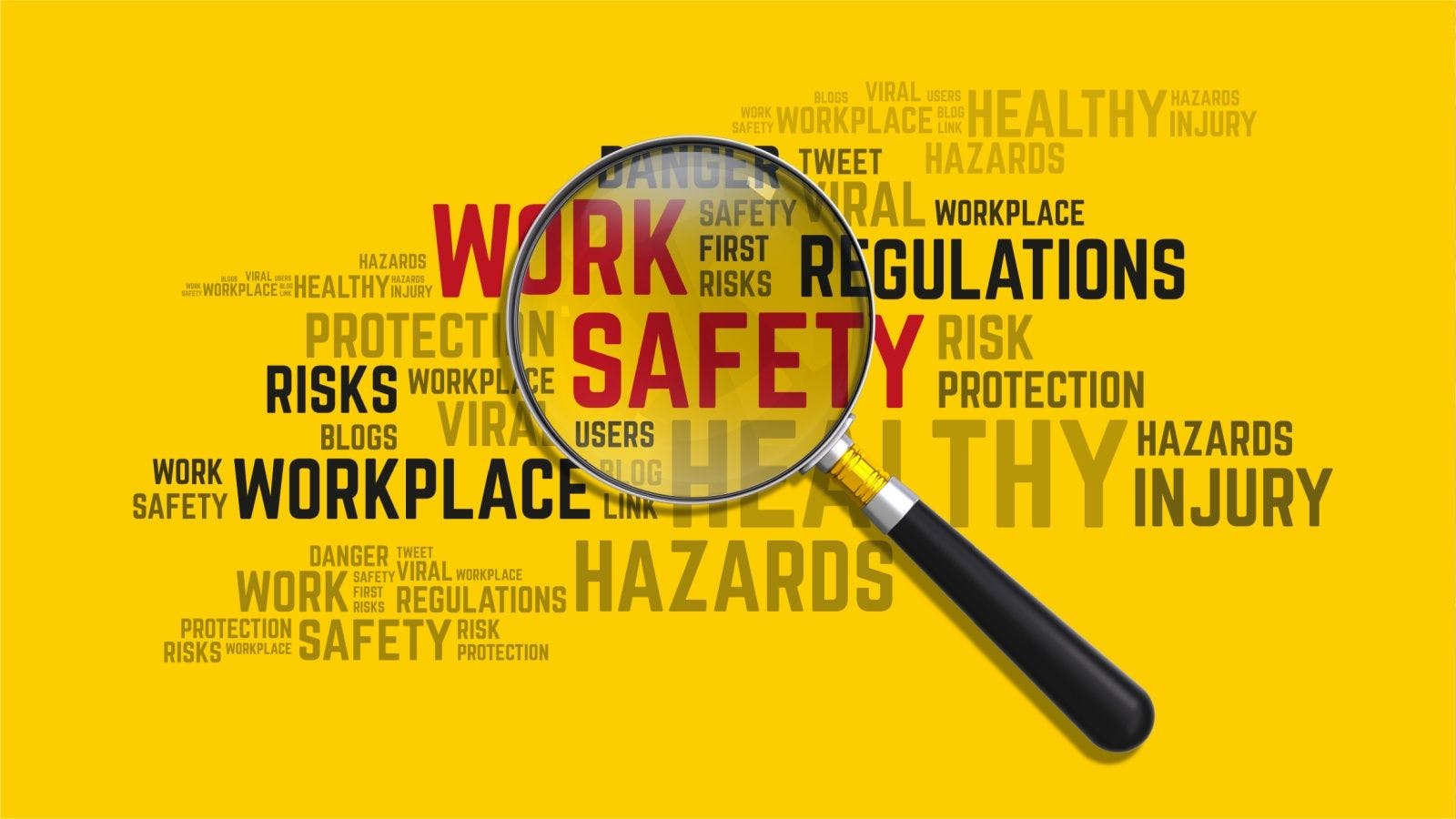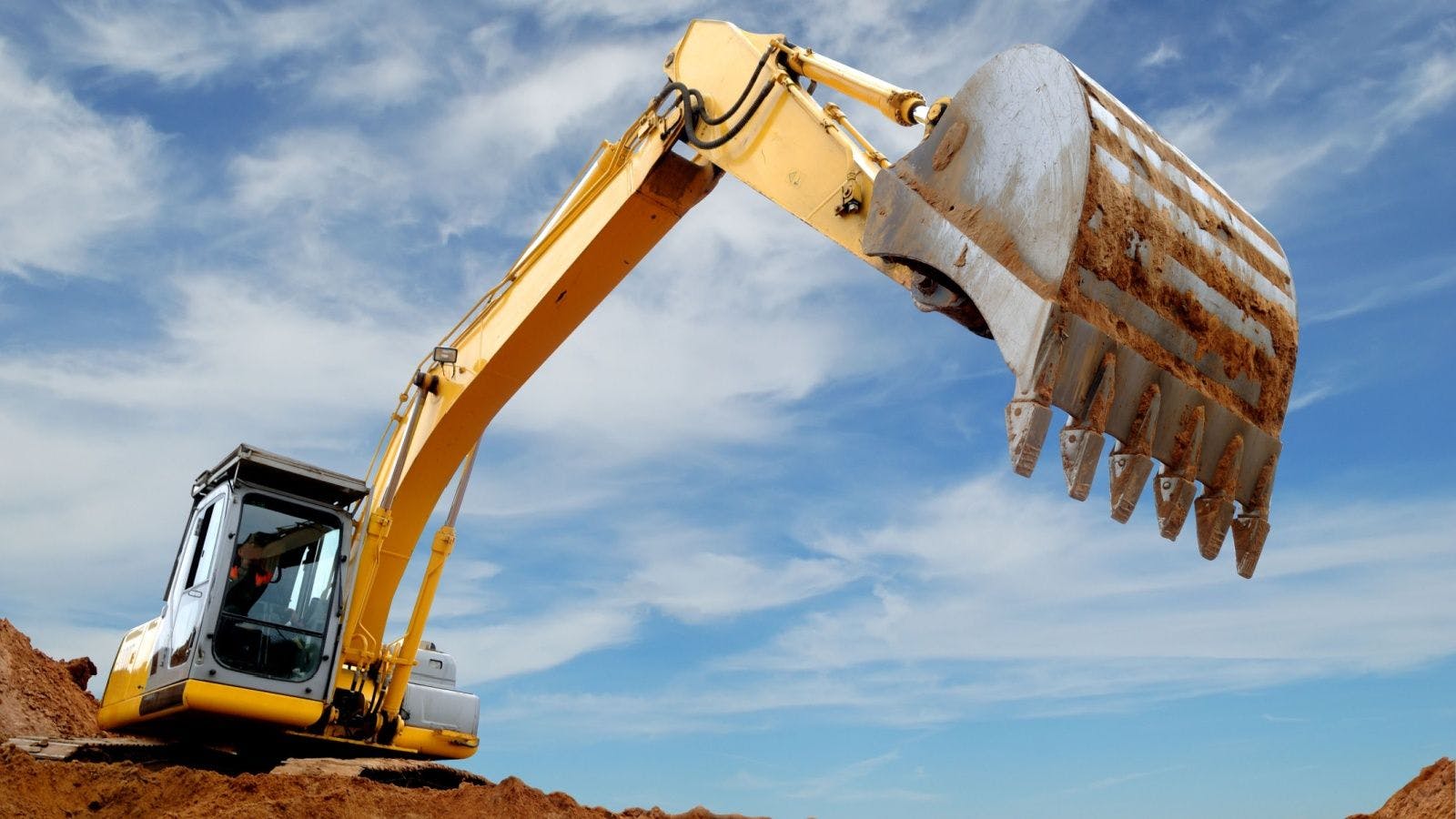
Climate Change and the Need for Resiliency in the Built Environment
A new report on climate change, the Fourth National Climate Assessment, presents an exhaustive—and often frightening—look into the effects that climate change are expected to have on Earth. The report, a collaborative effort of 13 federal agencies and more than 300 climate scientists, says that without significant reductions in greenhouse gas emissions, expect:
- an increase in deaths and emergency room visits caused by increasing temperature extremes;
- hundreds of billions of dollars in economic losses;
- increased drought, leading to extreme wildfires, such as the November fires in California;
- the loss of hundreds of millions of labor hours; and
- the migration of tens of millions of coastal residents due to rising sea levels.
The report explores the vulnerability of the built environment to climate change, including increasingly extreme weather events. The effects of climate change have been seen in every area of the country; devastating fires, flash floods, drought conditions, temperature extremes and rising sea levels. These type of weather events are predicted to increase in both frequency and severity.
The building, design and construction industry needs to adapt now to meet the challenges posed by a changing climate. The Fourth National Climate Assessment report states:
"Incorporating climate projections into infrastructure design, investment and appraisal criteria, and model building codes is uncommon. Standardized methodologies do not exist, and the incorporation of climate projections is not required in the education or licensing of U.S. design, investment or appraisal professionals. Building codes and rating systems tend to be focused on current, short-term, extreme weather. Investment and design standards, professional education and licensing, building codes, and zoning that use forward-looking design can protect urban assets and limit investor risk exposure."
A single photo of the aftermath of Hurricane Michael, which devastated Florida’s panhandle in October and was the third-most-intense hurricane to ever make landfall in the U.S., illustrates the direction that the building, design and construction industry needs to move in. The photo shows one home in Mexico Beach standing tall with little damage, surrounded by buildings that had been destroyed. The owners didn’t just build it to code—they built it to withstand the impact of a major hurricane. The home, dubbed “The Sand Palace,” was built on 40-foot pilings and reinforced with steel cables and rebar.
“We wanted to build it for the big one,” the home’s co-owner said in an interview with the New York Times. “We just never knew we’d find the big one so fast.”
The home’s first floor was wiped out, it sustained water damage and the utilities will have to be replaced - but it won’t require a total rebuild like almost every structure around it. Did it cost more to build? Absolutely. According to an estimate from the Insurance Institute for Business and Home Safety, adding a similar level of structural stability to a home would add at least $30,000 to the build. That’s a significant expense, but money well spent and a practice that needs to become the norm to handle the changing climate and increase resiliency within the industry.
The industry, as well as the population in general, needs to break the build/destroy/rebuild disaster cycle. A staggering number of buildings were destroyed by natural disasters this year, including fires in California and Hurricane Michael and Hurricane Florence, which ripped through the Carolinas in September. Rather than rebuild and wait for the next natural disaster, solutions should include:
- design with climate resilience in mind;
- incorporate building materials that provide better protection of assets;
- adopting stronger building codes;
- retrofitting existing buildings; and
- not rebuilding in areas that are high-risk flood zones.
The industry also needs to re-evaluate the life cycle of the buildings it creates. The changing climate should be a factor when conducting a life cycle assessment of a building.
The industry also needs to reconsider its choices when it comes to building materials. It’s time to consider moving away from building wood-frame homes in coastal communities; the same holds true for light-commercial buildings. Concrete is often seen as the go-to alternative, but as strong as it is, the production of Portland cement produces a significant amount of CO2 and other greenhouse gases (GHG). Approximately a ton of GHG is created for every ton of cement produced. Cement production is responsible for about five percent of all global CO2 emissions.
The solution is a combination of advanced building techniques and materials, a commitment to designing buildings with the changing climate in mind and re-thinking issues like building codes and zoning ordinances.
According to a report by the University of Oxford’s Adaptation and Resilience in the Context of Change network, "Despite the availability of climate change projections for some years, the construction industry is still very much at the early stages of developing practical responses to the adaptation agenda."
The good news is that there are growing efforts to address the need for greater resiliency.
According to the American Institute of Architects, "Resilient and adaptable buildings and communities must be a central tenet of design in order for buildings to remain safe and operational into the future, especially as we are faced with adverse conditions triggered by climate-related hazards and other shocks and stresses. To achieve this, we must design to manage greater extreme temperatures, increased intensity and frequency of climate-related events, and sea level rise."
Despite the U.S. dropping out of the Paris Agreement, there is a groundswell of support in reducing carbon and other GHG emissions. But it’s becoming clear that GHG reduction alone won’t be enough to mitigate the impacts of climate change, and the building, design and construction industry needs also focus on efforts to increase resiliency in the wake of inevitable impacts from a warming planet.
Related stories








